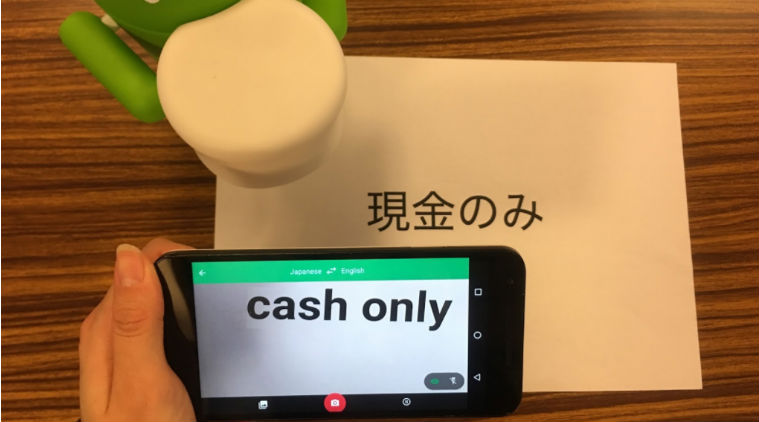Google Translate introduces Japanese-to-English translation for Android, iOS
Google has updated its Translate app to bring in Japanese-to-English functionality via Word Lens technology.
 Google has updated its Translate app to bring in Japanese-to-English functionality via Word Lens technology.
Google has updated its Translate app to bring in Japanese-to-English functionality via Word Lens technology.
Google has updated its Translate app to bring in Japanese-to-English functionality via Word Lens technology. Users need to simply point their smartphone camera over Japanese text, and the app will translate the same in English instantly. You can click a picture and get its English translation as well. For on-the-go translation with street signs and supermarket shelves, pointing the camera at the text is a more convenient method, and this feature works without an Internet connection.
“With Word Lens now available in Japanese, you’ll never have to worry about taking a wrong turn on a busy Shibuya street or ordering something you wouldn’t normally eat,” said Masakazu Seno, software engineer at Google Translate. Google Translate app is available for Android and iOS.
Google acquired Word Lens development team Quest Visual in 2014. Word Lens uses smartphone camera to translate printed words from one language to another, in real time. As of now, the Google Translate app can translate between 103 languages by typing.
Offline translation is available for 52 languages, whereas instant camera translation can be done in 30 languages. Apart from instant camera translation for English to/from Japanese, iOS 5.5.1 update fixes background audio issue and brings about several bug fixes and usability improvements as well.
According to Google Research blog, “Google Translate has grown from supporting just a few languages to 103, translating over 140 billion words every day,” and this needs a system which can handle different language systems. The blog also notes that “scaling up to all the 103 supported languages presented a significant challenge,” for them.







